 Real experts don’t talk about cat videos.
Real experts don’t talk about cat videos.
There is a strangely troubling trend I have come across recently that seems to be once again afflicting presentations at business events around the world. It comes down to the ubiquitous cat video – and its closely related cousin, the animated cat GIF. Don’t get me wrong. I like a cute kitten as much as the next guy. But there’s a problem with this feline frenzy.
Cat videos are a backward looking cliche about the insignificance of the web whose time has come and gone – much like the once frequent quip about Twitter being a great place to share what you had for lunch. I think it is safe to say the impact of Twitter is way beyond lunch orders. And the Internet has moved beyond cat videos.
The point, as you probably figured out, isn’t really about cat videos. It IS about all the small missteps in what we say and do that can accidentally minimize our own credibility. It is the errant typo that illustrates a lax attention to detail. Or pronouncing a word incorrectly to illustrate you are a outsider (“Louisville” vs. “Looavull” for example).
Alone, any of these are small mistakes hardly worthy of mentioning or stressing over. But real experts do focus on such things. Real experts know about details and pay attention to them. And real experts are more deliberate about how they use cliché ideas or images.
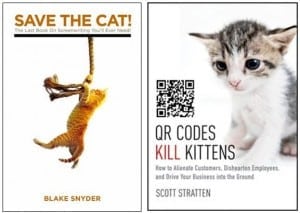 The late brilliant screenwriter Blake Synder used a powerful image of a cat on the cover of his book Save the Cat as a beautiful analogy for how screenwriters can build empathy for their heroes with a single scene (of the hero saving the cat, for example). Unmarketing author Scott Stratten used a somewhat darker but similarly powerful image of a cat on the cover of his book of tips on avoiding marketing stupidity called QR Codes Kill Kittens.
The late brilliant screenwriter Blake Synder used a powerful image of a cat on the cover of his book Save the Cat as a beautiful analogy for how screenwriters can build empathy for their heroes with a single scene (of the hero saving the cat, for example). Unmarketing author Scott Stratten used a somewhat darker but similarly powerful image of a cat on the cover of his book of tips on avoiding marketing stupidity called QR Codes Kill Kittens.
I’m not saying that the only way to use cats as analogies is to save them or discuss what causes their untimely death, but these are both way better than including cat videos in a presentation for no reason at all. Experts don’t share the same tired examples– they have a point of view on the world.
Being credible as an expert requires you to rise above clichés. You need to focus on details and learn how people respond to images and visuals. You need to avoid using language or phrases that undermine your own expertise. And you definitely need to trust me about the cat videos.







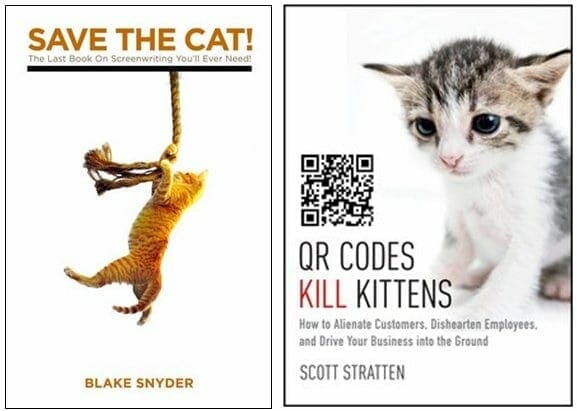
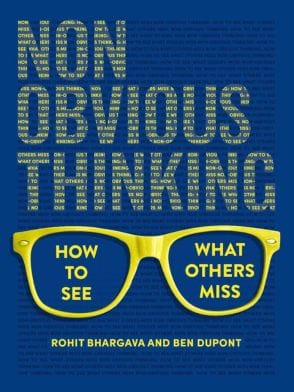





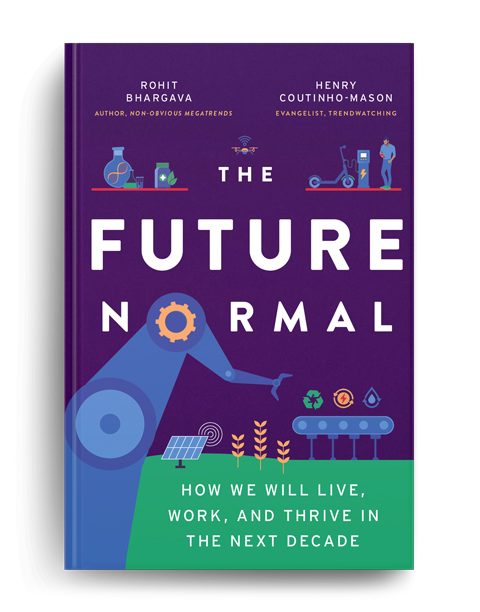
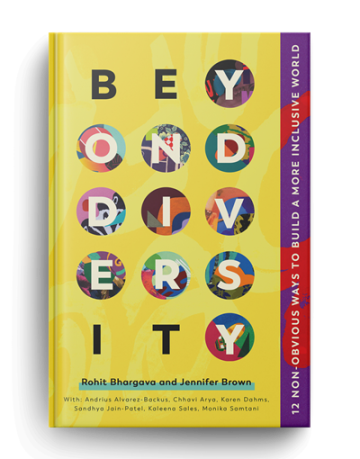
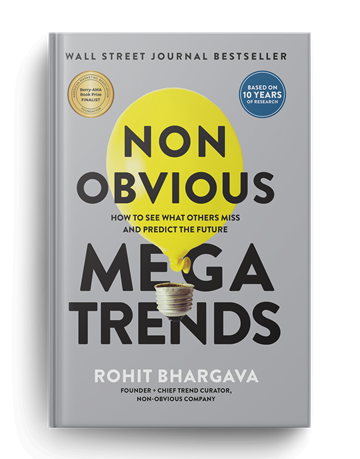
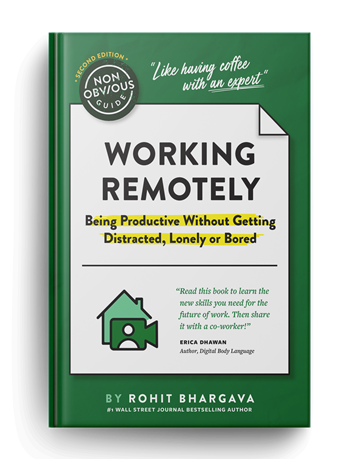

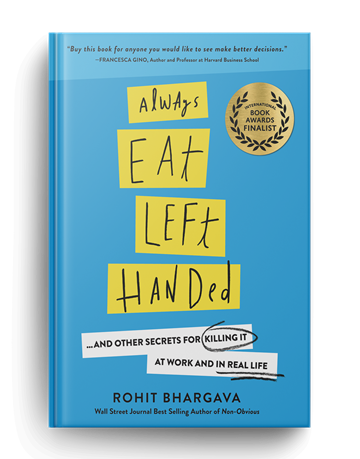
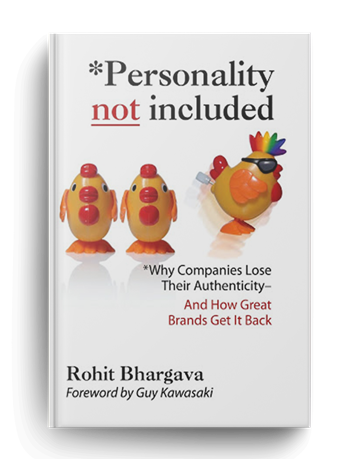



Hey, everyone needs to appear human. The real of leaning on the side of err is that mistakes make us appear more human to those around us. That why we stretch out our errors, simply put a line through them or use write out. Lastly, people are drawn to animals, not only kids either. They are popular and bring out the soft, sympathetic side of people. You the expert I suspect you know that already.